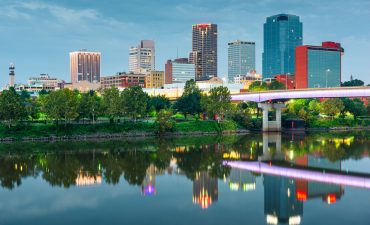When we put paper or a piece of wood or say something else onto fire we will see smoke rising from it but when it reaches a point where it is completely burnt and we are left with only “glowing embers†we will notice that no smoke is produced but fire still produces the heat. This is because the paper wood completely burns and the left material burns with a burst creating a slight popping sound and smoke is no where. If we again add any material to this burning fuel it will again produce smoke till has turned to glowing embers and the process will continue until we keep on adding the material to fire.
Wood is made up of four things:-
1) Water: – piece of wood has water in it nearly half of its total weight. The more it is getting old the ratio of water starts decreasing.
2) Volatile organic compounds:- a living tree contains a large range of volatile hydrocarbons. They are combustible in nature and can easily burn
3) Ash: – it also contains minerals in the cells that are not burnable.
When a piece of wood is set onto fire the smoke that is rising from it is the evaporation of volatile hydrocarbons present in the tree at a temperature of nearly300 degree F. when it is further heated they start burning with a sudden burst. After they started burning we will see that the smoke is vanished because hydrocarbons have now changed to water and carbon dioxide.
Same is the reason why smoke is nit produced when charcoal is burnt. It is made by burning the wood in presence of oxygen by which volatile organic compounds is burnt and only carbon and other minerals are left behind. When we burn charcoal in presence of oxygen it forms carbon dioxide and we are left with only ash.
Same is the case with coal when it is burnt in the absence of oxygen it forms coke






